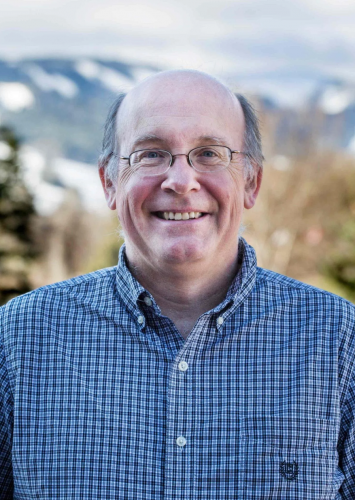Spotlight
- Daniel Jay Scheeres / Co-director of KAIST Space Institute, University of Colorado Distinguished Professor
- 관리자 |
- 2024-10-01 02:40:05|
- 200
- 2024-10-01 02:40:05|

Co-director of KAIST Space Institute, University of Colorado Distinguished Professor, A. Richard Seebass Chair, National Academy Member
Q. Could you please briefly introduce yourself and your research area?
A. I am currently a Distinguished Professor at the University of Colorado Boulder in the Smead Aerospace Engineering Sciences Department. In my current position I hold the A. Richard Seebass Endowed Chair and am the head of the Celestial and Spaceflight Mechanics Laboratory (CSML). My research is focused on the intersection between spacecraft dynamics and navigation, celestial mechanics and planetary science. I currently advise 14 PhD students in CSML and have one Research Scientist that I work closely with. We have a few main practical research interests. One is on the scientific and engineering aspects of studying and exploring small solar system bodies. In this area I have and am involved with several space missions to these bodies, and with my students try to advance our practical ability to operate in these environments and deepen our scientific understanding of them. Another area of interest is in the dynamics and navigation of satellites in cislunar space and in better understanding the issues involved with expanding our presence in this arena.
Q. What brought you to visit KAIST?
A. My home department has recently entered into a special agreement with the KAIST aerospace engineering department. From these initial contacts it became apparent to me that KAIST has a very active and strong research focus on advanced areas in aerospace engineering, has a long history of innovative space missions in SATREC, and is particularly gifted with top faculty and graduate students. I was also excited by the growing interest in developing a space-focused economy in Korea and for the goals of the newly founded KASA. These, combined with the creation of the KAIST Space Institute (KSI), makes it very attractive for me to be engaged with your department and to collaborate on developing new mission ideas and research thrusts.
Q. Do you have any advice or comments for KAIST and the Korean aerospace community?
A. I look forward to visiting and deepening my collaborations with KAIST and KSI in the next few years. I also look forward to expanding my understanding and appreciation for Korean culture and cuisine!
| Attach File |
|---|

